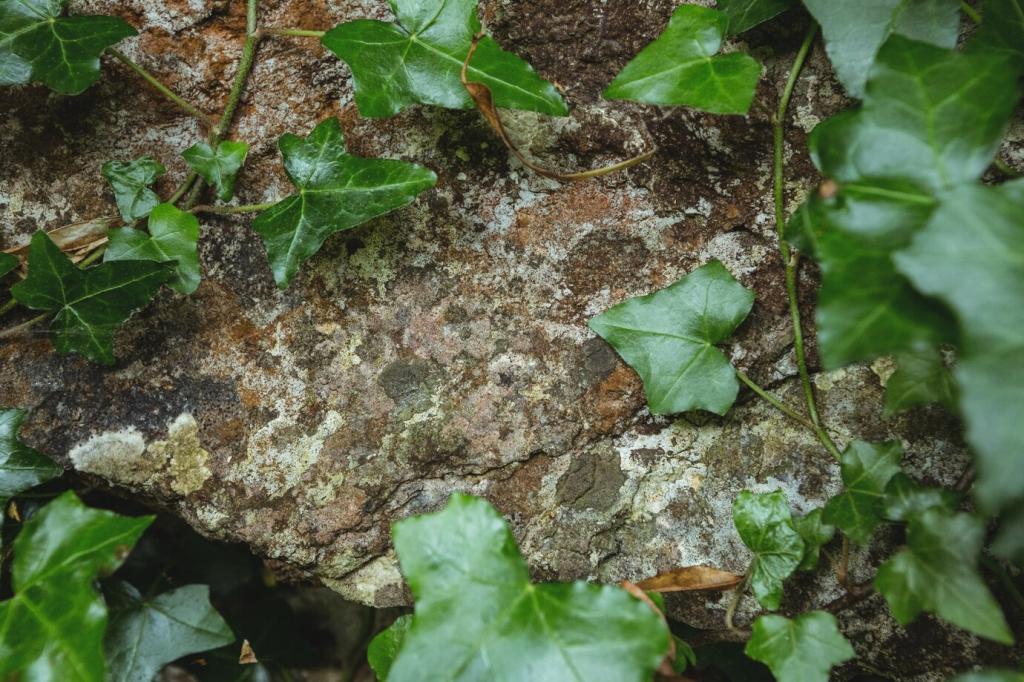Green Insulation 101: Comfort Without Compromise
Look for renewable or recycled content, low embodied carbon, and verified low‑VOC binders. Durable products that maintain performance, allow safe moisture drying, and can be reused or recycled at end‑of‑life reduce impacts. Share your priorities—sourcing, health, or carbon—and we’ll tailor future guides to your goals.
Green Insulation 101: Comfort Without Compromise
R‑value matters, but so do airtightness, thermal bridging, and wind washing. Continuous layers, careful air sealing, and thoughtful details around rim joists and penetrations often outperform thicker, leaky assemblies. Want a practical checklist for your next project? Subscribe and get our field‑tested sequence for measurable comfort gains.
Green Insulation 101: Comfort Without Compromise
Embodied carbon is the upfront climate cost of making materials. Insulation with fast carbon payback, like cellulose or wood fiber, offsets that impact by slashing heating and cooling energy. Weigh local climate, fuel type, and durability. Tell us your region, and we’ll model an example payback in a future post.
Green Insulation 101: Comfort Without Compromise
Lorem ipsum dolor sit amet, consectetur adipiscing elit. Ut elit tellus, luctus nec ullamcorper mattis, pulvinar dapibus leo.




